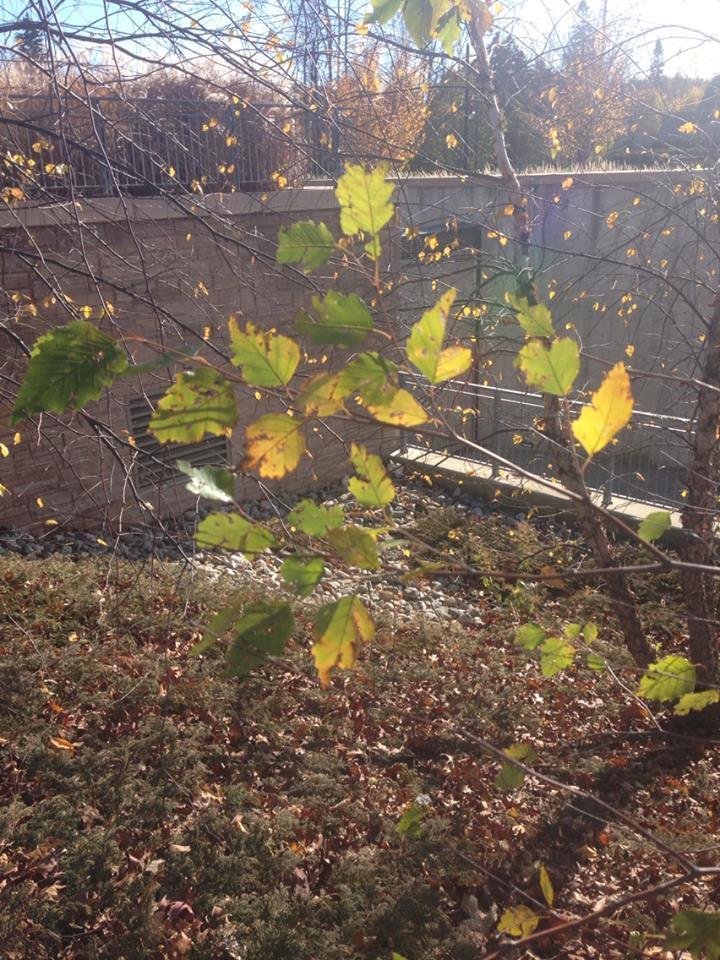River Birch : Physiological Characteristics
The river birch is a deciduous tree that when mature grows to be 40-80 feet tall. It has alternate ovate, almost diamond-shaped, leaves that turn a pale yellow in autumn. The leaves are serrated and toothed with parallel venation. The most distinguishing characteristic of the river birch is its bark. Bark on younger trees is a dark grey-brown to a pinkish brown which curls off in papery strips that cling to the tree but reveal a pinkish white bark beneath. As the tree ages, the bark becomes darker, thicker, and harder. During the first two years of growth, the trunk splits into a multi-trunk at the base, near the ground. It is a very twiggy tree, with small branches that curve. The youngest twigs start off as a lustrous red that gets darker with age. The flower of the river birch is small, 1-1 ½ inch, cone-like and scaly, and contains seeds that scatter during the spring. The tree is monoecious, so it contains both male and female catkins. The male catkins are 2 to 3 inches long, and are found at the end of twigs. The female catkins are ¼-1/2 inch long, and upright.

